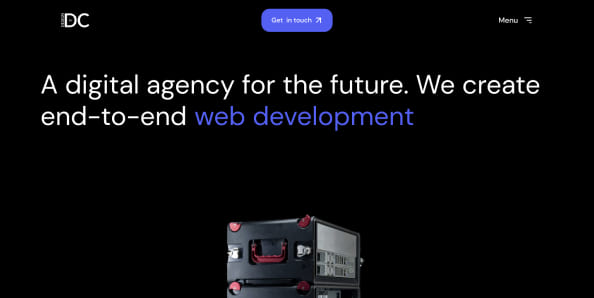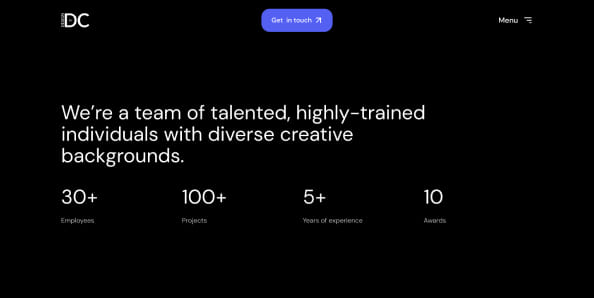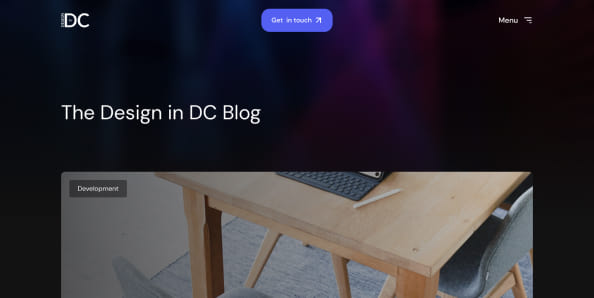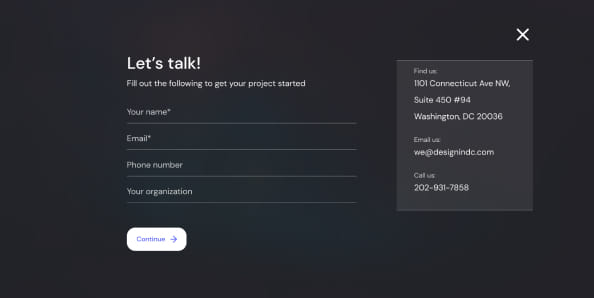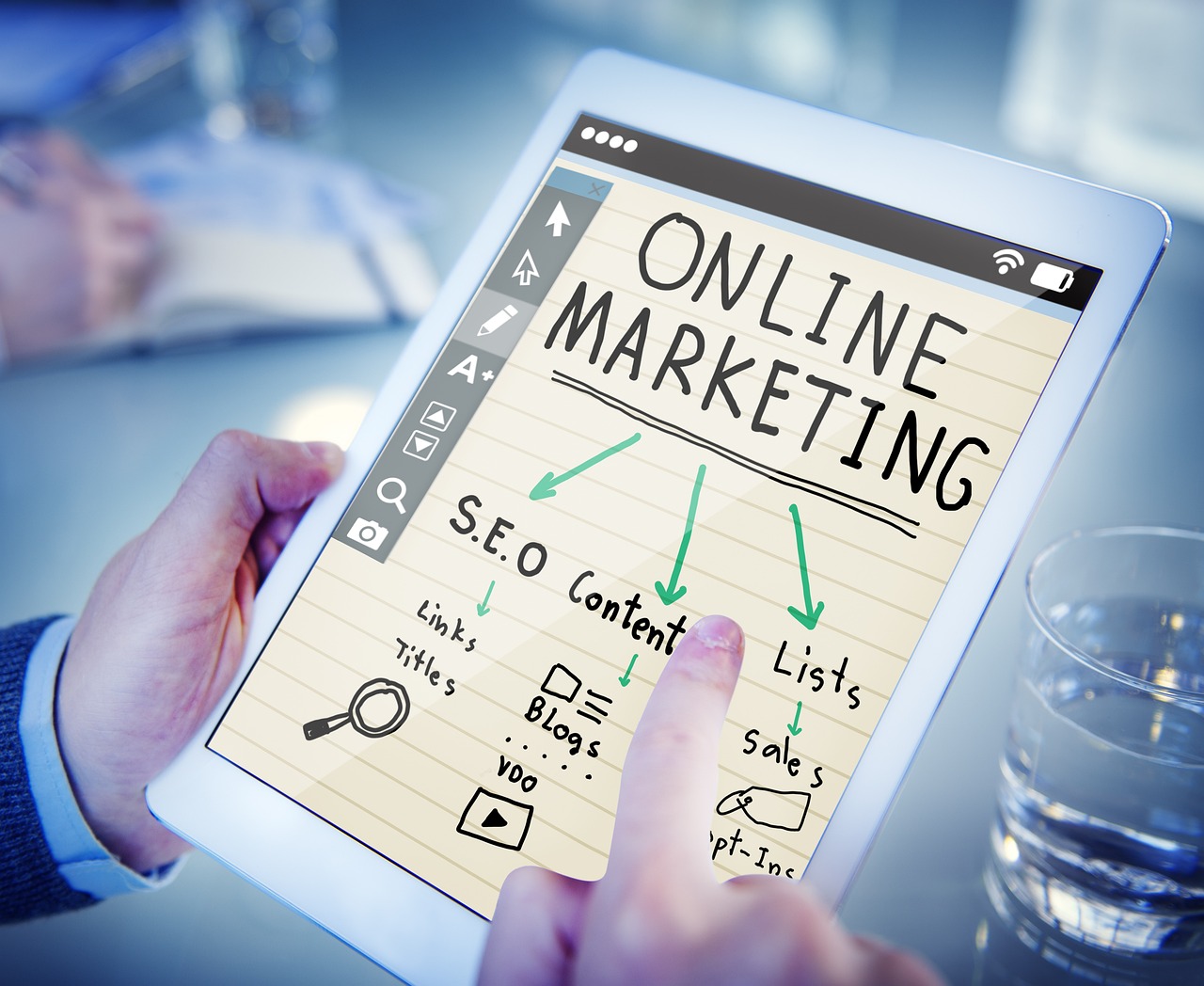The transformation of Digital Marketing – The last three decades
Marketing has come a long way in the last three decades, thanks to the rise of digital marketing. From the early days of the internet to the rise of social media and the advent of smartphones, businesses have had to adapt to new technologies and consumer behaviors.
This article explores the evolution of digital marketing, highlighting key milestones and trends that have shaped the industry. We will closely examine the history, discuss major technological advancements, and examine current strategies and trends. By understanding the past, we can better navigate the future of digital marketing.
The Dawn of Digital Marketing
Before the 1990s, traditional media such as print publications, television, radio, and billboards dominated the marketing landscape. However, the arrival of the internet marked a turning point in marketing practices.
In 1994, the first clickable banner ad appeared on HotWired.com, purchased by AT&T. This marked the birth of digital marketing as we know it today. Although the early days of Internet marketing relied on gimmicks and clickbait, it laid the foundation for future advancements.
The Rise of Social Media
During the early 2000s, the digital world witnessed the rise of social media platforms such as MySpace and LinkedIn. These platforms laid the groundwork for what would become a significant revolution in digital marketing. However, Facebook and Twitter truly took the world by storm and reshaped the marketing landscape.
Facebook, founded in 2004, quickly became a global phenomenon. With millions of active users, it provided businesses an unprecedented opportunity to engage with their target audience on a massive scale. Marketers realized that creating brand profiles and pages on Facebook allowed them to build a strong online presence, connect directly with consumers, and cultivate brand loyalty.
Twitter, launched in 2006, introduced the concept of real-time communication. It enabled businesses to engage with their audience in immediate and conversational ways. This platform encouraged brands to share quick updates, participate in trending conversations, and humanize their online presence.
The introduction of these influential social media platforms marked a turning point in digital marketing. Social media marketing became an integral component of digital strategies. Companies could now interact directly with consumers, gaining valuable insights and feedback. Moreover, these platforms offered paid advertising options, allowing businesses to target specific audiences with precision.
The rise of social media transformed how businesses reached their audiences and fostered a more transparent and authentic approach to marketing. It was a pivotal moment in digital marketing, setting the stage for the content-rich, user-engaging strategies that define the present-day digital era.
The Mobile Revolution

In the early 2000s, a groundbreaking development reshaped the digital landscape: the introduction of smartphones. It marked a pivotal moment that would fundamentally alter how people interacted with the digital world and, consequently, how marketers approached their strategies.
With its email capabilities and QWERTY keyboard, the BlackBerry was one of the pioneers in the mobile revolution. However, it was the release of the iPhone in 2007 that truly transformed the game. The iPhone, with its intuitive touch interface and the App Store, put the internet, apps, and social media directly into the hands of users, and it changed everything.
This shift in technology forced marketers to adapt rapidly. The era of reaching consumers exclusively through desktops and laptops was fading. Now, people had access to the internet and social media wherever they went, and marketers had to follow suit.
Websites underwent a transformation with the introduction of responsive web design. This meant that websites automatically adjusted their layout and content to fit various screen sizes, providing a seamless user experience on smartphones and tablets. It became imperative for businesses to optimize their websites for mobile viewing to avoid frustrating users with clunky, non-responsive designs.
Social media content had to be reimagined for mobile consumption. Short, visually appealing content became the norm as users scrolled through their social feeds on small screens. Marketers had to craft content that captured attention quickly and was easily digestible on mobile devices.
The mobile revolution opened up new opportunities for engagement and personalization. Location-based marketing, for example, became a powerful tool. Marketers could use GPS technology to deliver relevant promotions and advertisements to users based on their current location, enhancing the user experience and driving foot traffic to physical stores.
In summary, the introduction of smartphones in the early 2000s triggered a seismic shift in the digital marketing landscape. It compelled marketers to rethink their strategies, adapt to new technologies, and embrace mobile optimization. The mobile revolution was not just a change in the device but a transformation in how businesses connect with consumers in the digital age.
Key Types of Digital Marketing Today
To promote their brand, products, and services, businesses employ various strategies to connect with their audience and drive growth. From email marketing to influencer collaboration, user-generated content, social media, SEO, and video marketing, each method presents unique opportunities and challenges.
Let’s explore these key digital marketing types, providing insights into how they shape the modern business landscape and foster meaningful connections in our connected world.
Email Marketing
Email marketing has stood the test of time as a highly effective digital marketing strategy. It provides businesses the ability to communicate directly with their audience, providing updates, promotions, and valuable content. Marketers today still face the challenge of standing out in a crowded inbox, but with a distinct brand voice and personalized messaging, they can build strong relationships with their subscribers.
Influencer Marketing
Influencer marketing has gained significant traction in recent years. Instead of relying solely on traditional celebrity endorsements, brands now collaborate with social media influencers who have built a loyal following in specific niches. These influencers can authentically promote products or services, leveraging their credibility and engagement with their audience.
User-Generated Content
User-generated content (UGC) has become a powerful tool for digital marketing. Brands encourage customers to create content related to their products or services, such as reviews, photos, or videos. This type of content provides social proof and fosters a sense of community and authenticity around the brand.
Social Media Marketing
Social media platforms continue to be a vital component of digital marketing strategies. With billions of active users, platforms like Facebook, Instagram, and Twitter allow businesses to reach a wide audience, engage with followers, and promote their products or services. Social media advertising, influencer collaborations, and organic content creation are all key elements of a successful social media marketing strategy.
Content Marketing
Content marketing involves creating and distributing valuable and relevant content to attract and engage a target audience. This can take various forms, including blog posts, videos, infographics, podcasts, and social media posts. By providing informative and entertaining content, businesses can establish themselves as industry experts and build trust with their audience.
SEO (Search Engine Optimization)
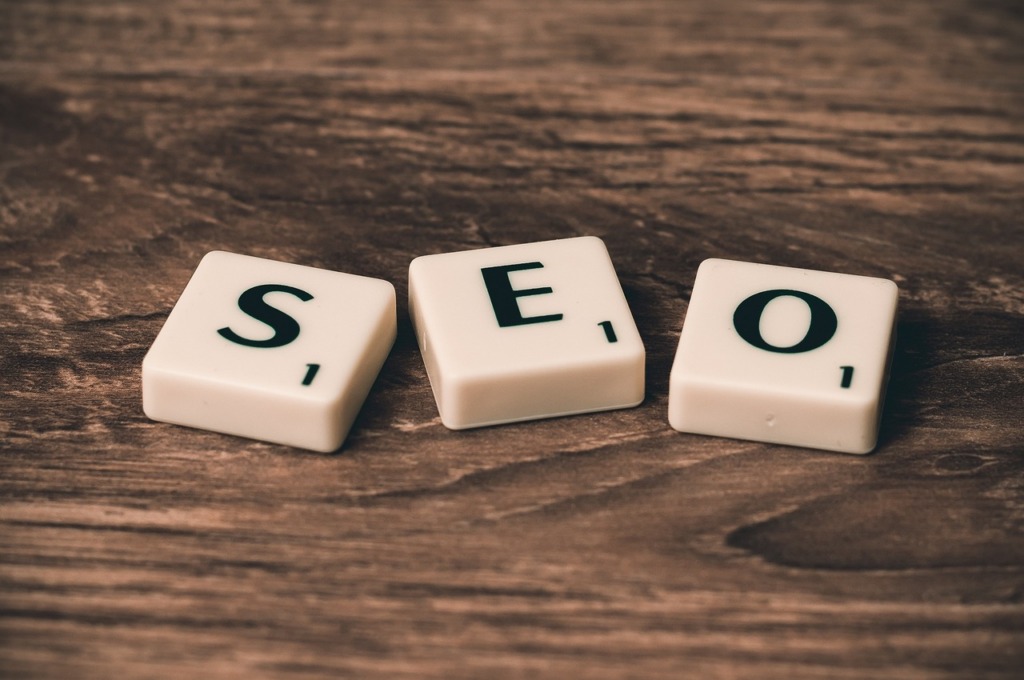
Search Engine Optimization (SEO) is the practice of optimizing a website’s content and structure to improve its visibility and ranking on search engine results pages. It involves keyword research, on-page optimization, link building, and technical optimization. SEO helps businesses drive organic traffic to their websites and increase their online visibility.
Video Marketing
Video marketing is a strategy that has gained tremendous popularity in recent years. With platforms like YouTube and TikTok, businesses can create engaging and shareable video content to reach their target audience. Whether it’s product demonstrations, brand storytelling, or behind-the-scenes footage, video marketing allows businesses to connect with consumers on a deeper level.
The Future of Digital Marketing
Several trends and technologies are poised to shape the digital marketing industry as we look ahead. Artificial intelligence (AI) is already transforming many aspects of digital marketing. AI will continue playing a significant role with advancements in machine learning and data analysis.
AI-powered chatbots, personalized recommendations, and predictive analytics will enable businesses to deliver highly targeted and tailored marketing experiences.
Additionally, personalization will continue to be a key focus in digital marketing.
Consumers now expect personalized content and experiences catering to their needs and preferences. Businesses can deliver more relevant and meaningful customer interactions by leveraging data and automation.
The continued growth of mobile usage will also influence digital marketing strategies. With more people accessing the internet and social media through their smartphones, mobile optimization, and mobile-first design will be essential for businesses to reach their audience effectively.
In conclusion, the evolution of digital marketing over the past 30 years has been remarkable.
From the early days of clickable banner ads to the rise of social media and the mobile revolution, businesses have had to adapt and embrace new technologies and strategies. As we move forward, staying abreast of emerging technologies, leveraging data and AI, and prioritizing personalization will be key to success in the ever-evolving world of digital marketing.
